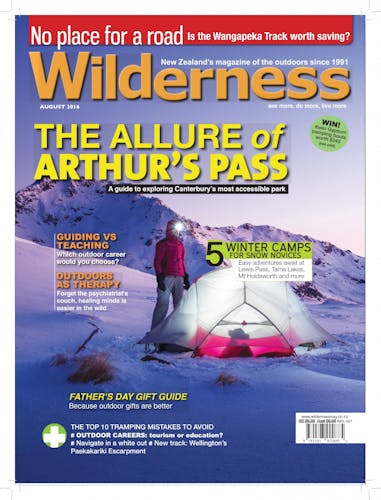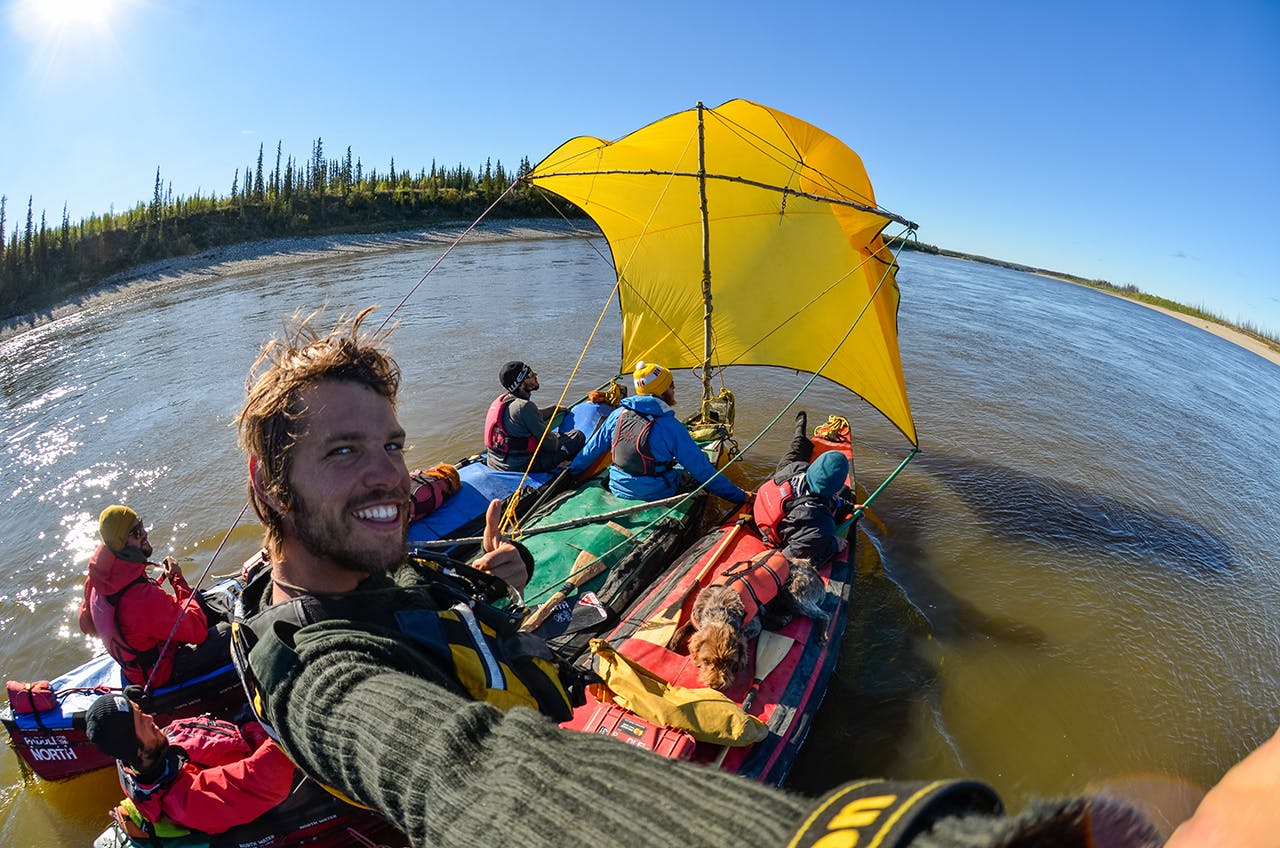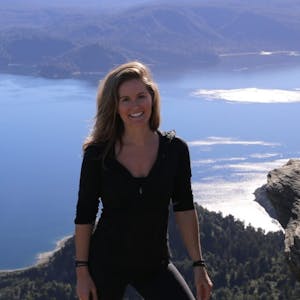A zoologist-turned-filmmaker gives the world a glimpse into the pristine northern Canada backcountry, where conservation efforts and the mining industry are at odds
When Simon Lucas set out into the remote and rugged backcountry of Canada’s Yukon territory with a group of mates, a few canoes and a camera, he knew he was about to have an adventure, but had no idea what would transpire.
Now, nearly three years later, he’s become an internationally recognised documentary filmmaker, having been featured in film festivals around the world and here in New Zealand.
Lucas, 28, grew up in Whangaparaoa and studied zoology at the University of Otago. He’s the director of Paddle for the North, a film documenting a canoe voyage through a pristine wilderness area in north-west Canada and Alaska.
The film won the 2016 New Zealand Mountain Film and Book Festival Hiddleston-MacQueen award for best Kiwi-made film.
Lucas first visited the Yukon six years ago with his Canadian friend and canoe enthusiast Gabe Rivest. His fascination with the area saw Lucas return to the Yukon nearly every summer since then, with each trip intensifying his interest in promoting conservation in the area as he witnessed the environmental devastation caused by large mining operations.
It was Rivest who suggested the canoe journey through the northern watersheds. He’d been studying environmental science, and learned about how the Peel watershed was under threat from big mining operations. But because the Peel is so far north and sparsely populated, it’s an area often overlooked or forgotten by the rest of Canada.
By documenting the backcountry rivers and lakes of the region, Rivest wanted to highlight both the beauty of the region and the land-protection challenges.
Armed with a camera, Lucas and Rivest travelled to the Yukon in July 2013 with four others; Kiwi videographer Scott Sinton, and several Canadians: Matt Holmes, Alexandre Deschênes-Dénommé, and Michah Rauguth. The six men (and two of their pet dogs) set out in three canoes for a two-month, 1500km, adventure through the north-west territories and part of Alaska.
Lucas was originally keen to document the need for environmental conservation and the harm humans are doing to the Peel watershed. But a few weeks into the trip, they found themselves on the shores of a First Nation homestead where they met a family that precipitated a sea change in their perspectives.
“I very much went there for conservation. For me, it was, ‘let’s protect this place because of the wilderness, the animals, the beautiful scenery’. I always viewed people as a negative,” Lucas explains.
“Meeting that family changed my whole mindset, seeing how incredible their culture is when they can get back on the land, and when you leave them alone, without Western influences.
“There’s ongoing land governance issues in the Northwest Territories, as the Canadian government is at odds with the Yukon First Nation tribes, whose aim is to protect the Peel region from damaging large-scale mining operations.
“I realised that there is a balance where people and nature can co-exist, and we can learn a lot about how we should view the land from native cultures,” Lucas says. “I think the power of the Peel watershed is not only the stunningly beautiful backdrops and thriving ecosystems, but also that people have lived in that environment for thousands of years and left very little impact.
“As much as the nature inspired me to want to protect it, the First Nation people and stories solidified that even more.”
The release of the film this year was timely; the issue is now being heard in the Canadian Supreme Court and more Canadians are learning of the conflict between First Nations and mining operators.








